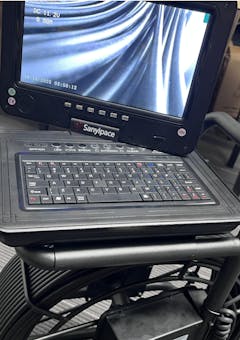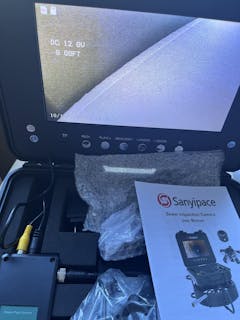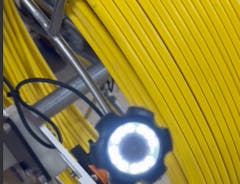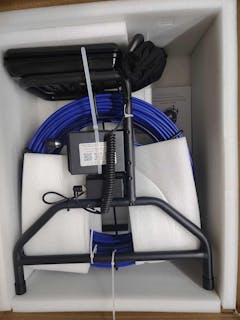FAQs
A sewer camera with locator is a pipe inspection device that includes a built-in sonde or transmitter, allowing users to not only see inside the pipes but also pinpoint the exact location of the camera head underground using a compatible locator.
The maximum depth at which the locator can receive the transmitter signal is typically within 3.0–5.0 meters (10.0–16.5 ft).
When using a pipe camera with locator, this range allows for accurate tracking of the camera head underground, making it easier to locate issues without unnecessary digging.
Usually, it can be expected to operate within a range of 3.0-5.0 meters (10.0-16.5 ft).
The delivery time will be determined by the customer's address. Since we have warehouses in the United States, Canada, Germany, Italy, France, Spain, and the United Kingdom.
Normally, we will arrange to ship based on the principle of proximity. The estimated transportation time is 3-7 days (relative to local products in stock and non-remote areas).
Yes. The lens should be cleaned in time after each use of the Drain Camera with Locator to extend its service life. Please connect the camera to the cable before cleaning, and use a soft cloth to gently wipe the lens. Do not use strong detergents.
When storing the sewer inspection camera with locator, please ensure that the device is in a dry and cool environment, avoiding direct sunlight and high temperatures. Do not store it in a high-humidity or high-temperature environment for a long time.
Yes, the SANYIPACE sewer camera with locator uses a 512Hz locating frequency. This is the most common and widely compatible standard frequency in the industry, making it suitable for most locators on the market. It offers excellent signal penetration and stability, especially in non-metallic pipes.
The camera head emits a signal (usually 512Hz), which can be picked up by a locator above ground. This helps accurately mark the camera’s underground position and depth, saving time on excavation or repair work.
Basic usage typically doesn't require special training, but understanding how to read the locator and interpret video footage can improve efficiency.































